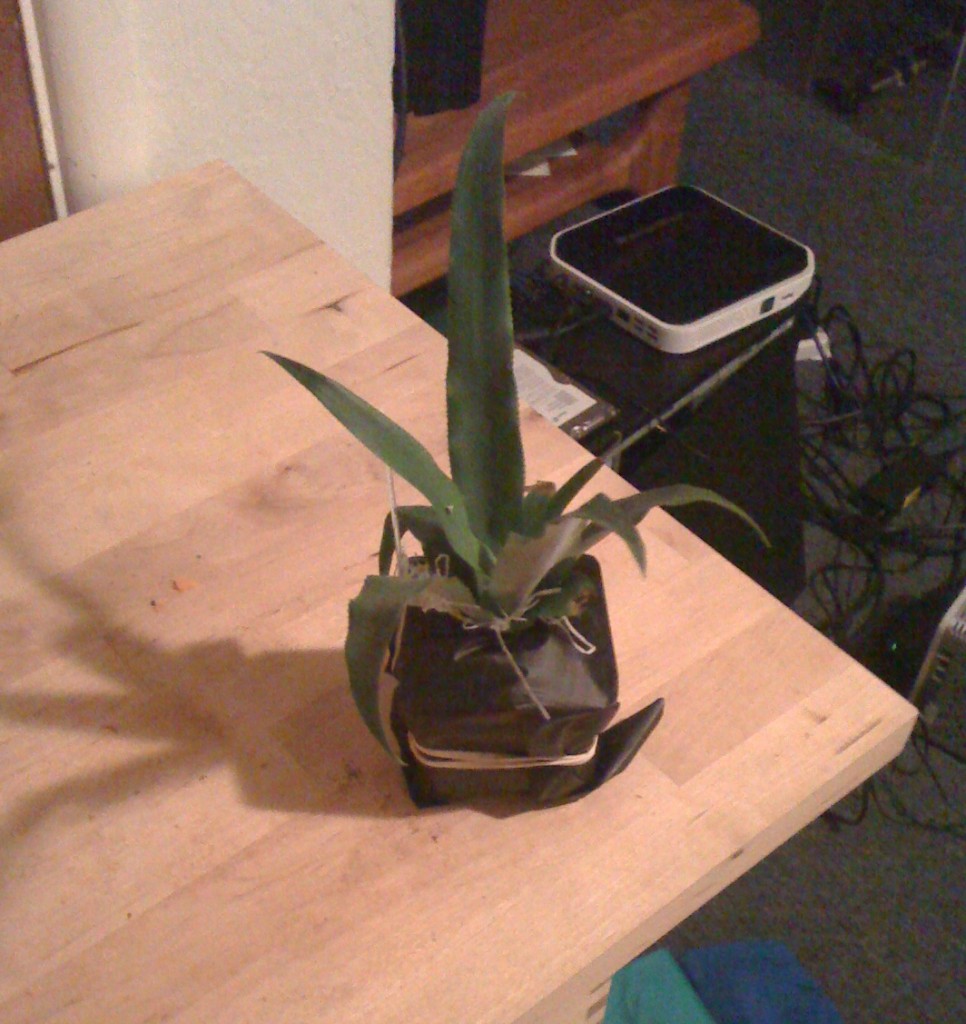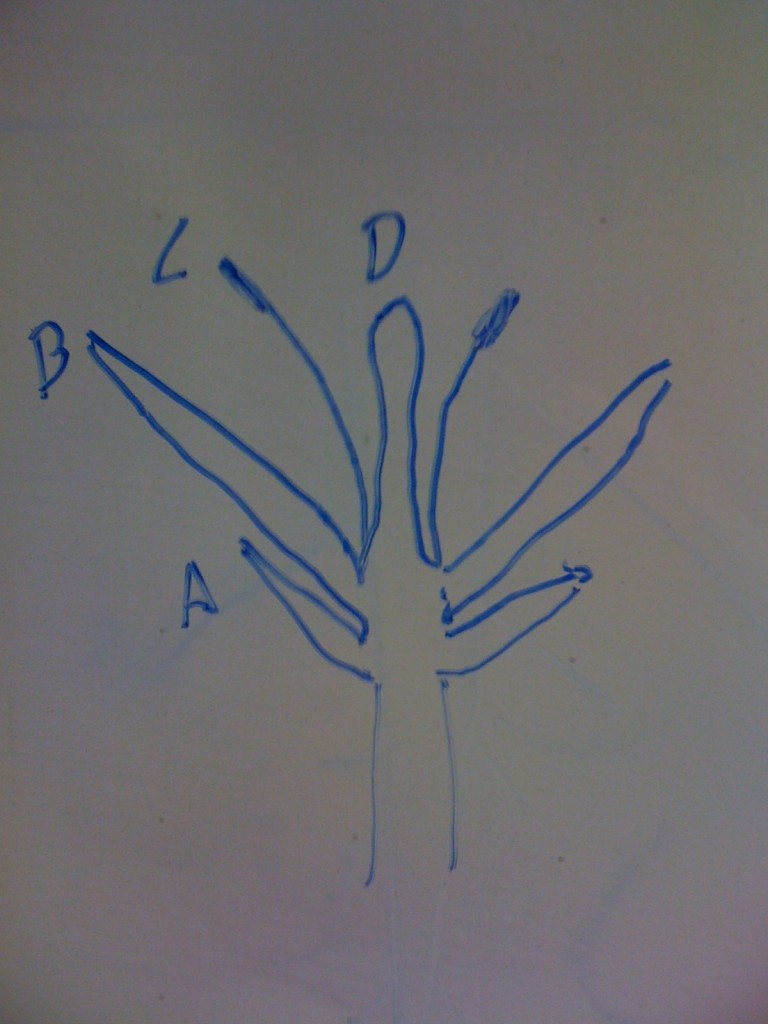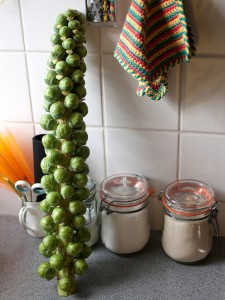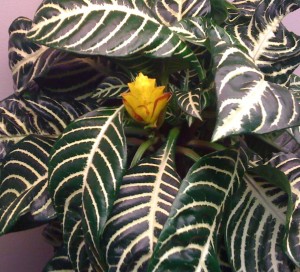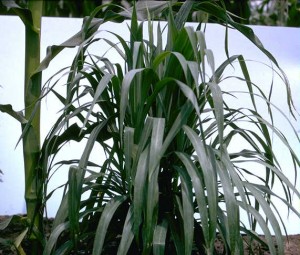Pam Ronald, writing at Tomorrow’s Table points out an interesting interview with Roger Beachy the new head of the National Institute of Food and Agriculture (itself a newly created government organization) in Nature Biotechnology. He talks about everything from restoring support for the, very successful, programs that used to fund the training of plant breeders and plant biologists from around the world* to increasing the number of research grants that have specific money set aside for education and outreach. I’m guessing this is the comment that will get the most play if the interview gets noticed by the popular press:
In the early days of agbiotech, regulations were fairly minimal, which kept development costs low. The safety of a product was judged on the product itself and not the method used to develop it. Regulatory agencies have lost some of that focus in the past ten years. … I am very interested in having a regulatory structure that is science based and gets back to what we originally had.
I continue to be impressed with President Obama’s choice to head up the new agency, as I have been since the appointment of Roger Beachy was first announced. Though I will say I got this part wrong in my original post about Beachy’s appointment:
And on top of that, he’s spent his entire life working in the public and non-profit sectors (places like Cornell, Wash U, the Scripps Institute, and most recently president of the Danforth Plant Science Center). Can you imagine the screaming if Obama had picked someone who’d ever worked in industry to head up the NIFA?
As we’ve seen from the reaction to Roger Beachy’s appointment, finding a respected scientist who has done both basic and applied research, with proven skills as an administrator (plenty of great researchers make horrible administrators) and who’d spent his entire like working in the public and non-profit sectors instead provoked so much screams one might have thought President Obama had appointed Hugh Grant (the CEO of Monsanto, not the actor) to head the NIFA instead of Roger Beachy.
*Such funding contributed to the training of, among others, Gebisa Ejeta, who won the World Food Prize in 2009 for his work developing striga resistant sorghum, and who, from his testimony to the senate foreign relations committee, sounds like he would agree with this goal.
